Why Candle Packaging Is Important
This article explores candle packaging's role in protection and branding. It covers its history, key types, and the growing importance of sustainable design.
Summary
Candle packaging is an essential aspect of the candle industry, playing a crucial role in product protection, branding, and consumer appeal. As candles have evolved from simple sources of light in ancient civilizations to luxury items and decorative home accents, the need for effective packaging has become increasingly significant. Proper packaging not only safeguards candles during transportation and handling but also enhances their aesthetic appeal, thereby influencing consumer purchasing decisions. In a competitive market, distinctive packaging can elevate a brand’s identity and differentiate it from others, making it an integral element of a successful product strategy.
The importance of candle packaging extends beyond mere functionality; it encapsulates brand values, communicates product quality, and addresses growing consumer concerns about sustainability. With an increasing awareness of environmental issues, many brands are adopting eco-friendly packaging solutions made from recyclable or biodegradable materials. This shift not only reduces environmental impact but also appeals to the eco-conscious consumer, fostering brand loyalty and enhancing market competitiveness.
Controversies surrounding candle packaging often arise from debates over environmental responsibility versus consumer convenience. While some brands opt for elaborate, non-recyclable packaging to enhance visual appeal and brand perception, others face criticism for not prioritizing sustainability in their packaging choices. As consumer preferences continue to evolve towards minimalism and customization, the candle industry must navigate these challenges to align packaging practices with contemporary values and expectations.
Overall, the evolution of candle packaging reflects broader trends in consumer behavior, emphasizing the need for brands to innovate and adapt. From historical roots to modern practices, candle packaging serves not only as a protective measure but also as a vital component of the overall candle experience, impacting everything from marketing strategies to customer satisfaction.
Table of Contents
Historical Context of Candle Packaging
Candle packaging has evolved significantly throughout history, paralleling the development of candle-making techniques and materials. The earliest candles, used by ancient civilizations such as the Egyptians, were simple creations made from animal fat and rushes as wicks. These rudimentary forms of lighting did not require packaging, as the candles were used immediately after production. However, as candle-making techniques improved and candles became a staple in homes and religious ceremonies, the need for protective and aesthetic packaging began to emerge.
Early Candle Packaging
In ancient Rome, candles were made with more refined materials like beeswax, which not only provided better illumination but also became a symbol of wealth and luxury. This shift led to the early forms of packaging designed to enhance the presentation and protect these valuable items during transport. As candles were often used in public settings and for ceremonies, their packaging needed to reflect their significance, prompting the use of decorative elements to attract consumers.
Innovations Through the Ages
During the Middle Ages, candle-making techniques were further refined, and the demand for candles grew among the nobility. Candles became a status symbol, and their packaging began to incorporate elements that indicated wealth and social status. The introduction of tallow and beeswax as primary materials necessitated sturdier packaging to prevent breakage and contamination, leading to the use of wooden boxes and cloth wraps.
The Industrial Revolution and Modernization
The Industrial Revolution brought significant advancements in both candle production and packaging. With the advent of mass production, candles could be made more efficiently, resulting in a wider variety of shapes, sizes, and materials. This period also saw the introduction of innovative packaging solutions, including boxes designed to accommodate multiple candles and protective materials that shielded them from heat and damage during transit.
Contemporary Candle Packaging Trends
Today, candle packaging has transformed into a critical aspect of branding and consumer experience. Modern designs focus not only on aesthetics but also on functionality, incorporating features that enhance safety and sustainability. The rise of eco-friendly materials and creative unboxing experiences reflects current consumer values, making packaging an integral part of the overall candle experience. The evolution of candle packaging illustrates how historical developments in candle-making have influenced contemporary practices, highlighting the ongoing relationship between product innovation and consumer demand.
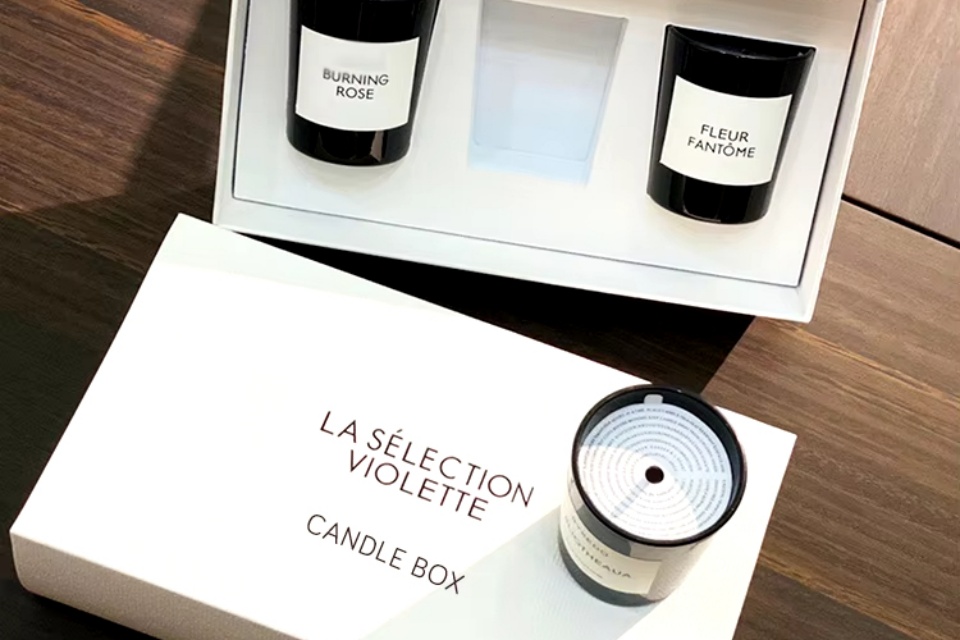
Types of Candle Packaging
Candle packaging has evolved significantly, with various types designed to enhance both functionality and aesthetics. This section explores the key types of candle packaging currently in use.
Box Packaging
Box packaging is a common choice for candles, providing a sturdy and protective solution during transportation and retail display. Modern box designs can range from simple rectangular shapes to innovative multi-layered options that enhance the unboxing experience. Custom candle boxes are tailored to fit specific candle sizes and styles, ensuring that they protect fragile items like glass jars or intricate wax designs while showcasing the brand’s identity.
Materials
The materials used for candle boxes vary widely, but recyclable cardboard and kraft paper are popular choices due to their durability and eco-friendliness. These materials can withstand handling while also aligning with sustainability trends, making them a preferred option for eco-conscious brands.
Design Features
Design elements such as window cut-outs allow consumers to view the candle without opening the package, building trust and enhancing visual appeal. Common window materials include clear plastic or acetate, which protect the product while allowing visibility of the candle’s color and design. Additionally, inserts can be utilized within the box to keep the candle secure and prevent movement during transport, adding both protection and a touch of elegance to the unboxing experience.
Tube Packaging
Another popular option for candle packaging is the use of cardboard tubes. These provide effective protection while being lightweight and easily customizable. Tubes can be designed in various heights and finishes, and branded stickers can be added for a polished look. This type of packaging is especially useful for smaller or more delicate candles, as it offers a unique and modern presentation.
Glass and Ceramic Containers
Glass and ceramic containers are often used as direct packaging for candles, providing a premium feel while serving as both a vessel and packaging solution. Glass jars made from recycled materials not only support sustainability but also offer a reusable and recyclable option. Ceramic containers, known for their durability and elegant appearance, are popular for high-end candles, enhancing their aesthetic appeal and potential as gifts.
Innovative and Eco-Friendly Options
Many brands are now exploring innovative packaging solutions that blend creativity with sustainability. This includes using materials like biodegradable films or incorporating elements that enhance the sensory experience of the product, such as incorporating nostalgic themes in the design. The choice of packaging not only reflects the candle’s quality but also communicates the brand’s values and commitment to environmental responsibility.
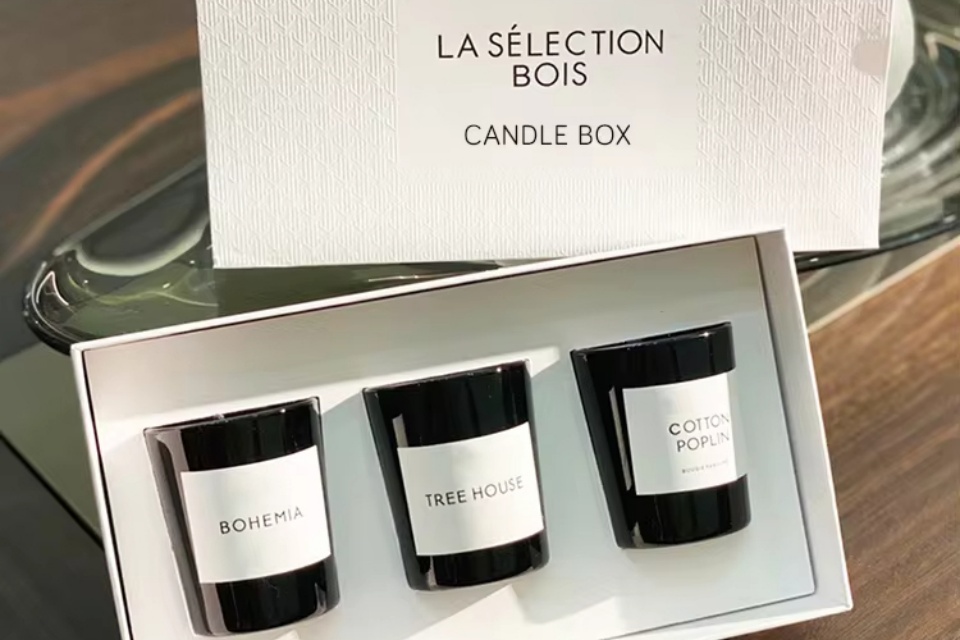
Benefits of Proper Candle Packaging
Proper candle packaging plays a vital role in enhancing brand identity and customer experience. Well-designed packaging not only protects the product but also communicates the quality and aesthetic of the brand, influencing consumer purchase decisions significantly.
Brand Identity and Visual Appeal
Candle packaging is crucial for establishing a brand’s identity. Good packaging can boost sales and create a lasting first impression, as it is often the first thing a consumer sees on the shelf. Effective design elements, such as unique shapes, colors, and textures, help differentiate a brand in a saturated market. For instance, a calming scent might be complemented by soft colors and smooth textures, while a bold fragrance may use striking colors and sharp lines. This visual impact is essential, as consumers tend to make quick purchase decisions based on packaging alone.
Protection and Functionality
Candles are delicate products that can easily be damaged during shipping and handling. Proper packaging serves as a protective barrier, ensuring that candles arrive intact to customers, thereby enhancing satisfaction and reducing returns. Features such as foam inserts and sturdy materials help prevent breakage and meltdowns due to temperature changes, reflecting the brand’s commitment to quality. Moreover, practical packaging design, including easy-to-open or resealable containers, adds convenience for consumers and enhances the overall user experience.
Sustainability Considerations
With increasing consumer awareness about environmental issues, sustainable packaging has become a critical consideration in candle packaging design. Using eco-friendly materials not only minimizes the environmental footprint but also appeals to eco-conscious customers, fostering brand loyalty. Implementing sustainable practices in packaging can create a positive perception of the brand, distinguishing it from competitors and attracting a niche market that values sustainability.
Enhancing Customer Experience
The unboxing experience has gained importance in today’s retail landscape, and well-designed candle packaging can elevate this moment into a sensory experience. Creative and innovative packaging designs can make the act of opening a candle feel special, contributing to customer satisfaction and loyalty. Furthermore, packaging that reflects a candle’s style and the company’s identity can create an emotional connection with consumers, reinforcing brand perception.
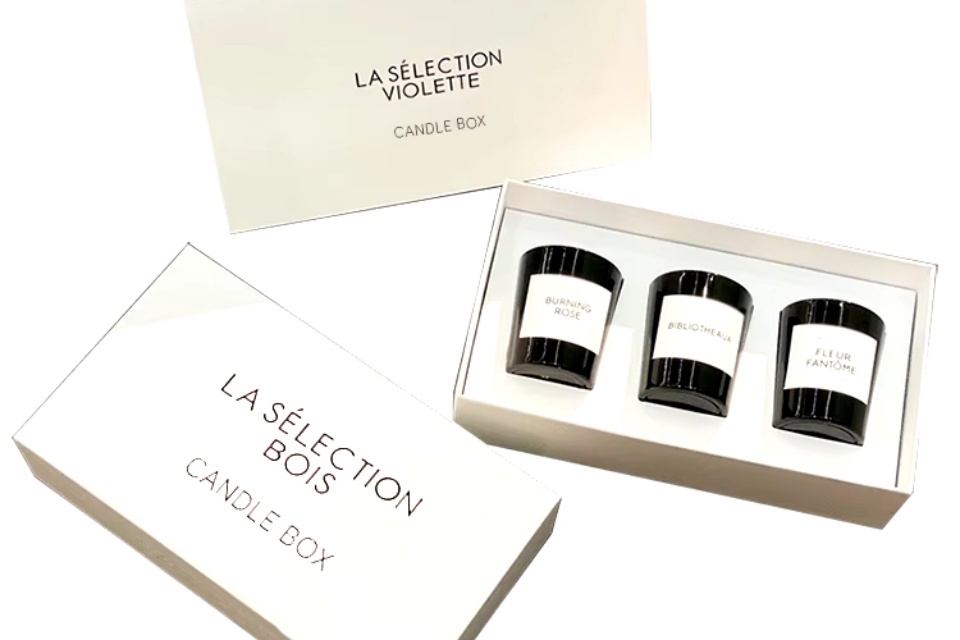
Factors to Consider in Candle Packaging
When designing packaging for candles, several critical factors must be taken into account to enhance both functionality and customer appeal.
Design and Aesthetics
The visual appeal of candle packaging plays a significant role in attracting consumers. A well-thought-out design that includes a clean aesthetic or stylish label can help a candle stand out on crowded shelves. Factors such as color, texture, and the overall look should reflect the candle’s intended purpose; for example, calming scents may benefit from soft colors and smooth textures, while bolder scents might be complemented by vibrant colors and sharp lines. The tactile experience of the packaging, including the texture of the wax and the feel of the container, also contributes to the perceived quality of the product.
Functionality and Protection
Beyond aesthetics, the packaging must prioritize functionality. This includes ensuring that the packaging is practical and offers adequate protection for the candle during shipping and handling. Candles, being fragile, require designs that can safeguard them from breakage or melting. Modern packaging often includes features like foam inserts or dividers to protect the candle while maintaining an attractive presentation.
Customization and Personalization
Customization can significantly enhance the appeal of candle packaging. Brands are encouraged to consider the type of candle, desired aesthetics, and customer preferences when creating custom boxes. Limited-edition packaging or seasonal designs can create a sense of exclusivity, motivating consumers to purchase. Furthermore, offering reusable or resealable containers can add value and convenience, catering to customer desires for practicality.
Sustainability
Sustainability is becoming increasingly vital in packaging decisions. Modern consumers are more likely to support brands that utilize eco-friendly materials and responsible production methods. As awareness of climate change and pollution rises, buyers are shifting their preferences towards sustainable packaging solutions that align with their values. Brands that integrate these practices into their packaging design can attract eco-aware buyers and differentiate themselves in the market.
Brand Identity and Customer Experience
The packaging of a candle also serves as a representation of the brand’s identity. Good packaging not only enhances the product’s visual appeal but also communicates the brand’s commitment to quality. Effective packaging design can evoke an emotional connection with customers, transforming the unboxing experience into a memorable event that enhances overall satisfaction with the product.
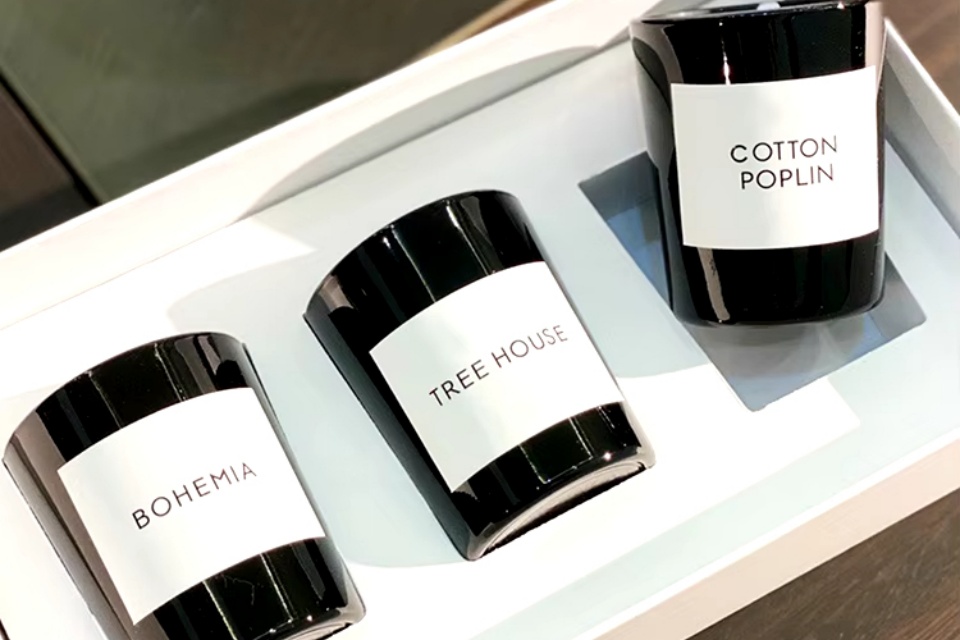
Environmental Impact of Candle Packaging
Candle packaging plays a crucial role in minimizing environmental impact, particularly through the adoption of sustainable materials and practices. The shift towards eco-friendly packaging is not just a trend but a necessary response to increasing consumer demand for environmentally responsible products. Many candle brands are now utilizing recyclable materials such as cardboard and kraft paper, which are both durable and biodegradable. This transition reduces reliance on virgin resources and contributes to a circular economy, where materials are reused and recycled instead of ending up in landfills.
Sustainable Materials and Practices
The use of sustainable materials in candle packaging includes options such as recycled paperboard, biodegradable plastics, and plant-based fibers. These materials help to lower the carbon footprint associated with traditional packaging methods. For example, biodegradable materials break down naturally over time, reducing waste and environmental impact. Furthermore, brands like Carrière Frères encourage customers to reuse candle holders made from recycled glass, promoting a sustainable lifestyle.
Benefits of Eco-Friendly Packaging
The benefits of choosing eco-friendly packaging extend beyond environmental conservation. Beautifully designed packaging that incorporates sustainable materials enhances the perceived value of the product, appealing to consumers willing to pay a premium for environmentally friendly options. By adopting green packaging solutions, candle manufacturers not only reduce their ecological footprint but also build brand reputation and loyalty among eco-conscious consumers.
The Importance of Recycling
Recycling is a vital aspect of reducing the environmental impact of candle packaging. By recycling materials like glass and cardboard, manufacturers conserve resources and save energy, which helps in minimizing pollution. As consumers become more aware of the environmental consequences of their purchases, brands that prioritize sustainable and recyclable packaging can gain a competitive advantage in the marketplace.
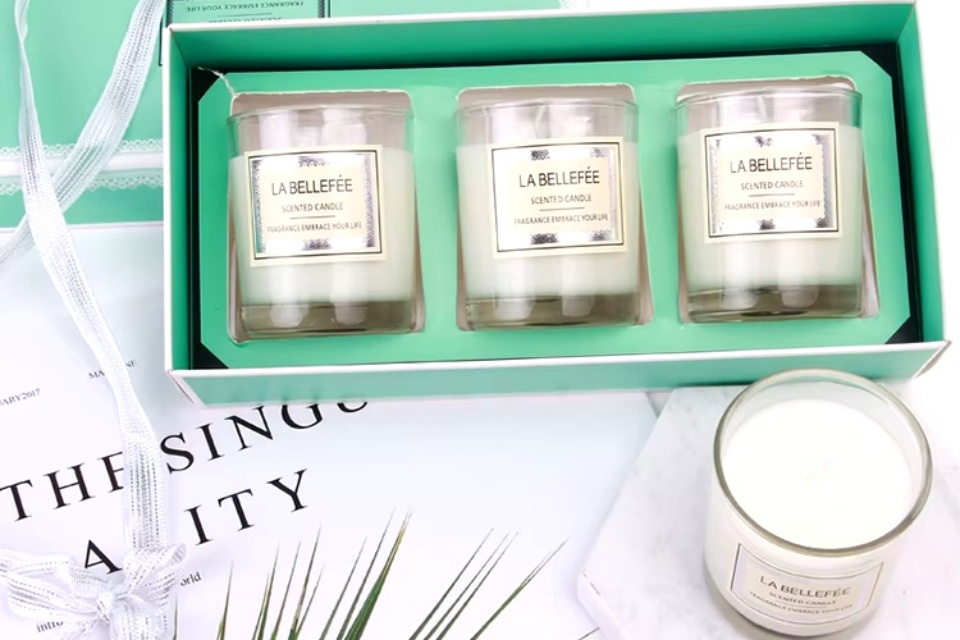
Consumer Preferences and Trends
The landscape of candle packaging is rapidly evolving, reflecting a significant shift in consumer preferences towards sustainability, minimalism, and customization. This transformation is largely driven by a growing awareness of environmental issues, with consumers increasingly seeking eco-conscious options in their purchasing decisions. The rise in demand for unique, customized, and sustainable candle boxes signifies a fundamental change in buyer behavior, as consumers now prioritize brands that align with their values of sustainability and ethical responsibility.
Minimalist Packaging
One prominent trend in the candle packaging industry is the move towards minimalist designs. This approach emphasizes simplicity and functionality, often utilizing fewer layers of material, which reduces waste and resource consumption. Minimalist packaging not only minimizes environmental impact but also enhances the aesthetic appeal of the product by allowing the candle itself to take center stage. Brands adopting minimalist designs often find that these packages imply luxury and higher quality, thereby elevating perceived value and enabling premium pricing strategies.
Sustainability in Candle Packaging
As consumers become more environmentally conscious, sustainable packaging solutions have emerged as a key differentiator in the marketplace. Many candle manufacturers are now opting for biodegradable materials, recycled content, and eco-friendly finishes such as kraft paper. This not only addresses the consumer demand for responsible packaging choices but also strengthens brand loyalty among eco-conscious buyers. Studies indicate that a substantial percentage of consumers, particularly younger generations, are willing to pay more for products that are sustainably packaged, making sustainability a critical component of branding in the candle market.
Customization and Personalization
In addition to minimalism and sustainability, customization and personalization are increasingly influencing consumer buying behavior. Unique packaging designs that reflect individual consumer preferences can significantly enhance the overall brand experience. Candle brands that offer tailored packaging options are more likely to attract consumers looking for gifts or personalized products, thereby boosting customer engagement and satisfaction. This trend aligns with a broader movement where consumers are making purchasing decisions based not just on product features, but on how well brands resonate with their personal values and lifestyles.
